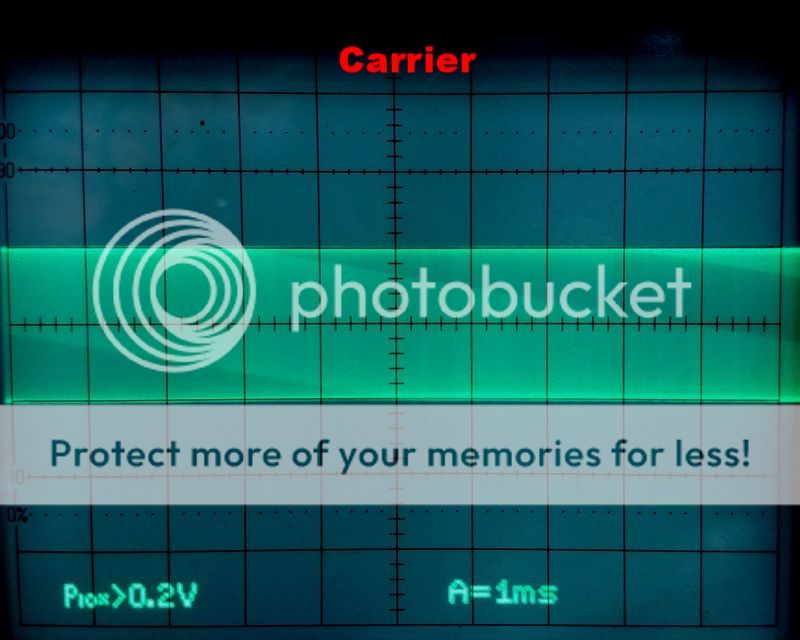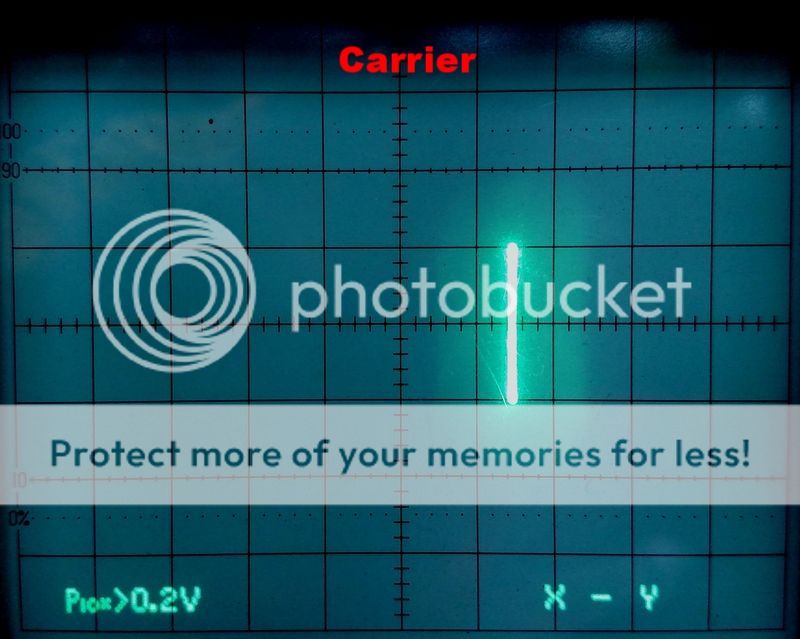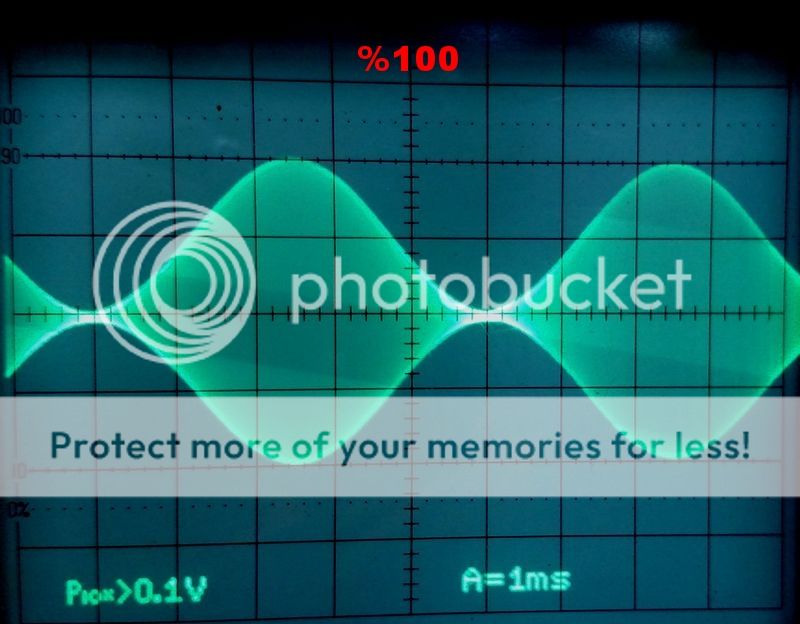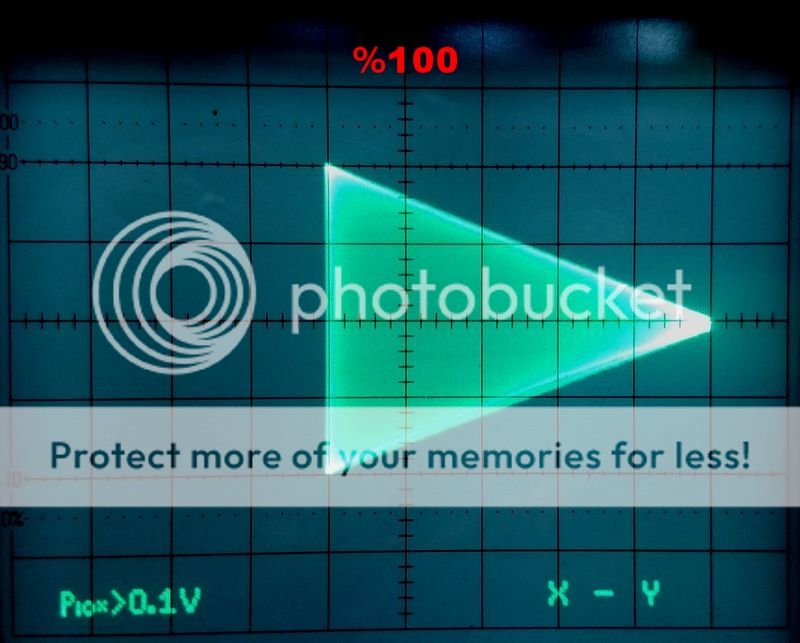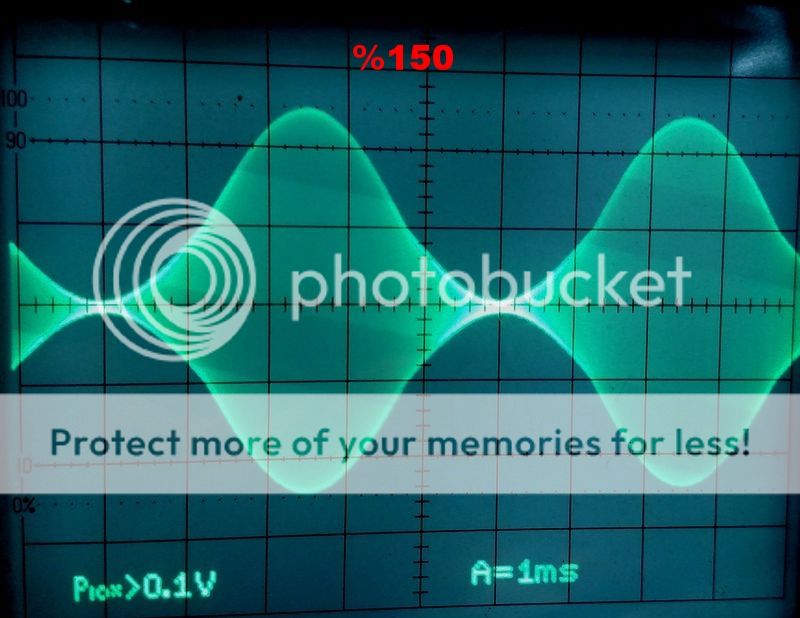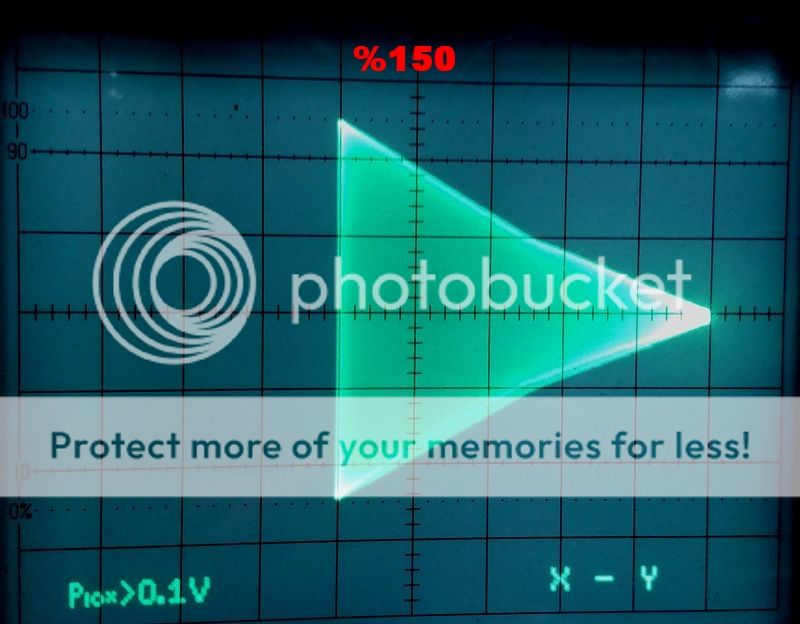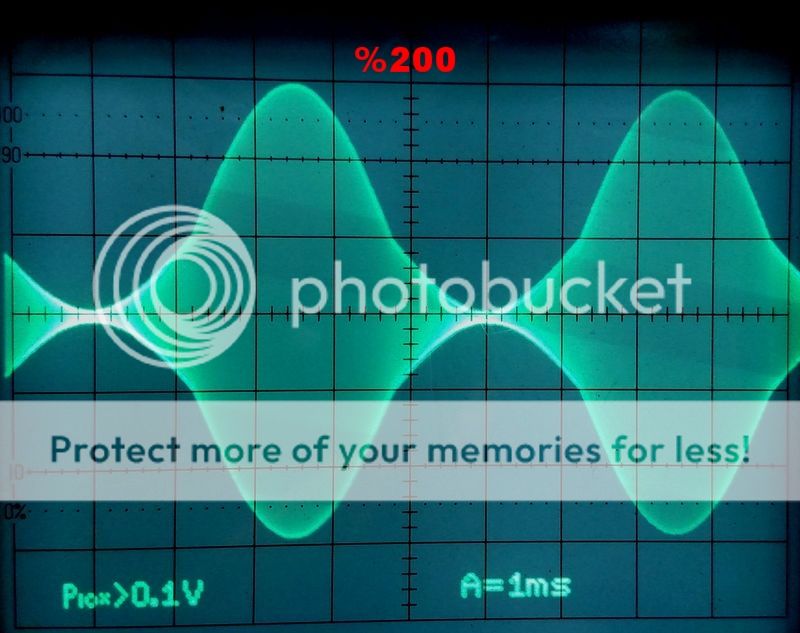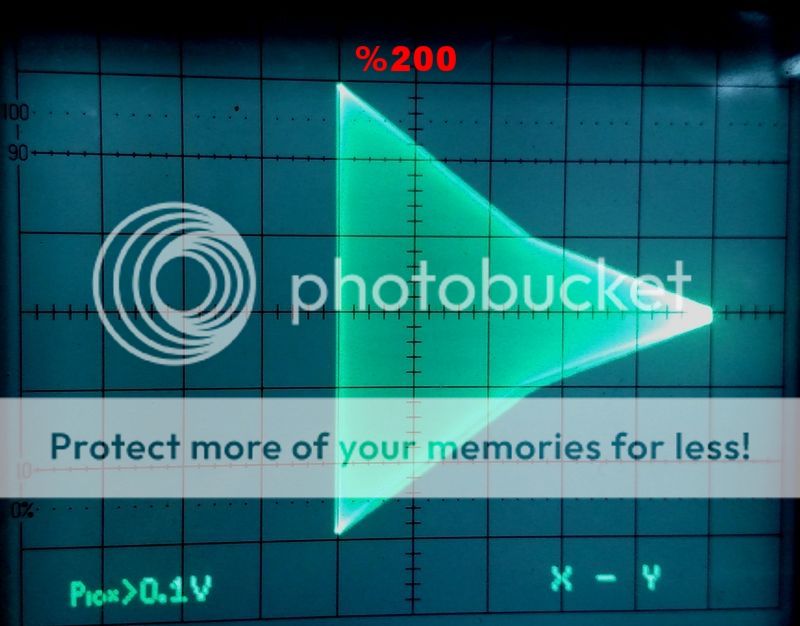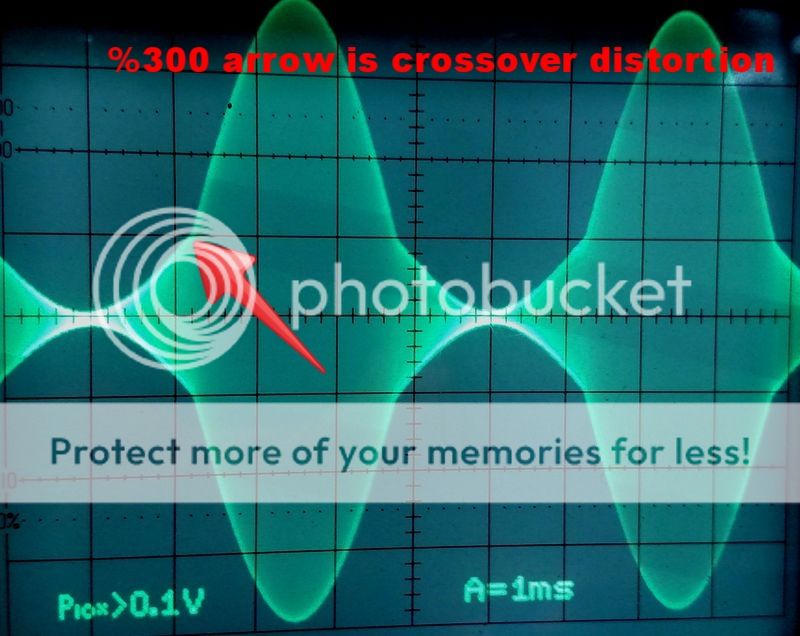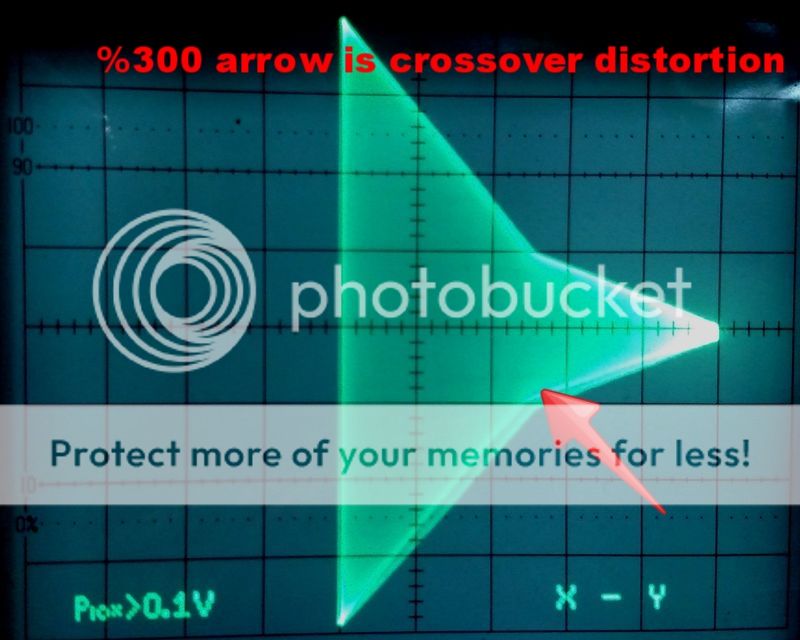....
The higher percentage of modulation the higher the distortion will be, that's just the nature of the beast.
....
I notice in your pics that the kink in the shape appears at the same grid line that the carrier is set to in the first pic, am I correct in assuming that this is a case of the "compressed" negative side of the wave not matching up with the unmodified positive side and it's the transition between these mismatched halves of the wave that causes the problems?
Just trying to wrap my head around this.

